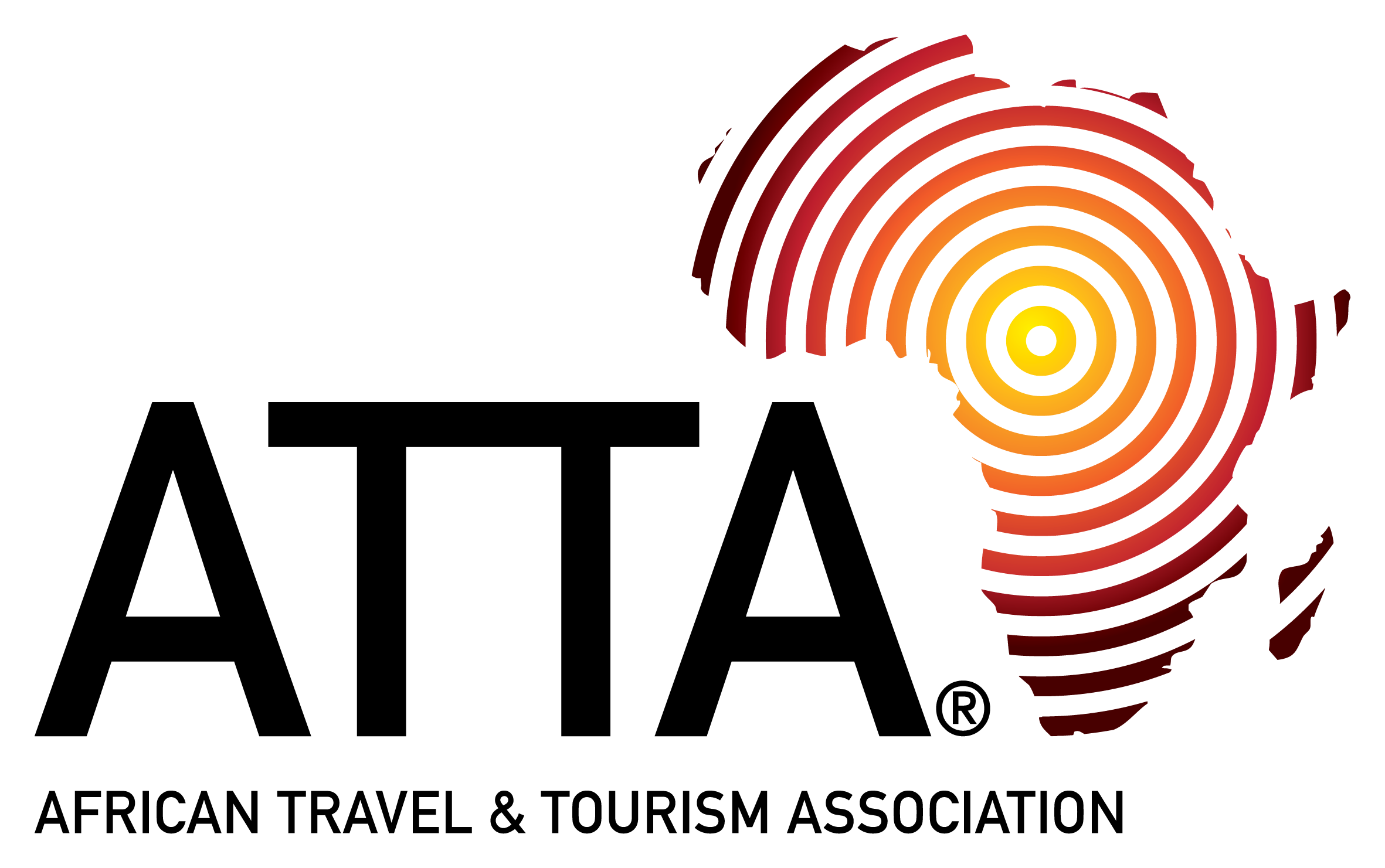The south may often be overlooked in favour of Laos’ northern highlights, notably Luang Prabang, but the region has many attractions of its own—dramatic waterfalls, coffee plantations as far as you can see and pre-Angkorian ruins—particularly as you approach the border with Cambodia. You can spend a few days cruising the Mekong on a converted rice barge, take an excursion on a slow boat towards the Cambodian border to view the waterfalls and try to spot the rare Irrawaddy Dolphin.
The south is also home to the holiest temple in Laos, Wat Phu. Situated at the base of Mount Phu Kao in the remote hills that border Cambodia, the temple complex at Wat Phu is not as immediately striking as the Khmer temples at Angkor, but its stunning location, compounded by the fact that it receives relatively few visitors, give it a uniquely serene atmosphere.
In and around Southern Laos
Pakse is the gateway to the south and an area that sees far fewer visitors than the north. The temple of Wat Phu dates back to the 5th century, although most of the ruins date from the Angkorian period, and its delightful location offers glorious views of the surrounding countryside.
Further south, the mighty Mekong divides into many channels as it passes through an area known as Si Phan Don, the 4,000 islands, only a few of which are occupied, their residents dependent on fishing and tourism for a living. Nearby, the majestic Pha Pheng waterfall is an awe-inspiring sight. This part of the Mekong is also home to the rare Irrawaddy dolphins which you can hope to spot by boat, though they’re increasingly rare.
The Boloven Plateau is a region of fertile farmland with tea, coffee and fruit plantations stretching into the distance. What better gifts to bring home than freshly harvested tea and coffee!
Just an hour or so from Pakse you can experience dense woodland, deep ravines and the thrill of a forest canopy walk.



